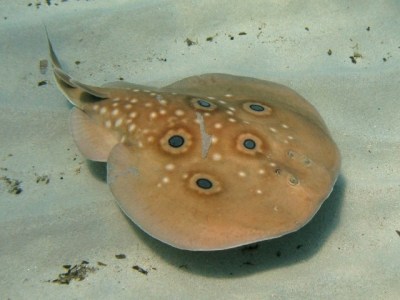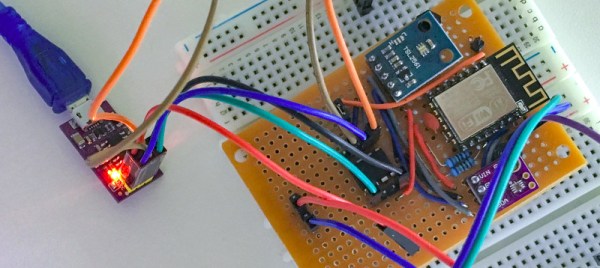Where does your mind jump when you hear the mention of electroshock therapy? The use of electrical current to treat various medical conditions has a long and controversial history. Our fascination with the medical applications of electricity have produced everything from the most alarming of patent medicines to life-saving devices like pacemakers and the Automatic External Defibrillator.
The oldest reference I could find is the use of the torpedo fish to allegedly cure headaches, gout, and so on in 43 CE. Incidentally, Torpedo torpedo is an awesome species name.

Much more recently, there has been interest in transcranial direct current stimulation (tDCS). In essence, it’s a technique by which you pass an electrical current (typically about 2 milliamps) between strategically positioned electrodes on your head. The precise reason to do this is a bit unclear; different journal articles have suggested improvements in cognition, learning, and/or the potential treatment of various diseases.
I think most of us here spend a lot of time studying. The idea that a simple, noninvasive device can accelerate that is very attractive. We’ve covered a few people building their own such devices.
Unfortunately, what we want to be true is irrelevant. Superficially, this looks like a DARPA-funded panacea with no clearly established mechanism of action. Various commercial products are being sold that imply (but as usual, don’t directly state) that tDCS is useful for treating pretty much everything, with ample use of ‘testimonials’.
While tDCS can be prescribed by a physician in some countries to complement a stroke rehabilitation regime, for off-label purposes you may as well just go apply a fish to your face. Let’s dig into the literature and products that are out there and see if we can find the promise hiding amidst the hype.
Continue reading “Shockingly, DARPA’s Brain Stimulator Might Not Be Complete Nonsense”














